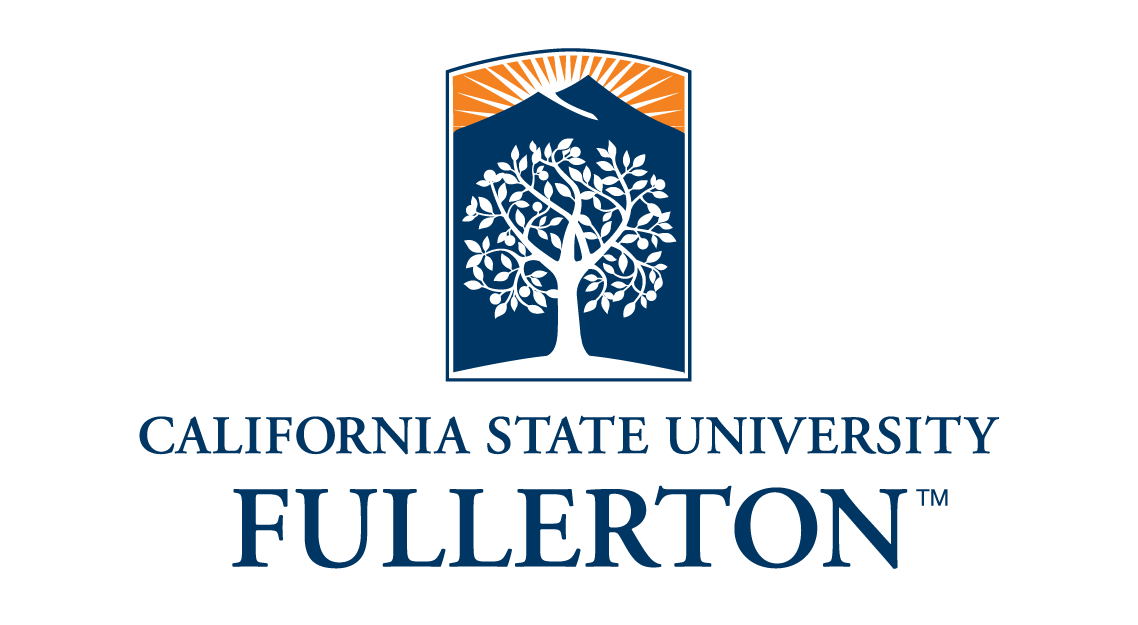Newswise — Cal State Fullerton physicists are on the forefront of a new discovery of gravitational waves from two compact cosmic objects not seen by scientists before.
The discovery — on May 29, 2023 — is the first gravitational-wave detection of a mass-gap object paired with a neutron star, detected during the latest observing run by LIGO, European Virgo Collaboration and Japan’s KAGRA.
The international collaboration announced the new observation today at the American Physical Society meeting in Sacramento. Physicists and students from around the world, including CSUF faculty and student researchers, are attending and presenting at the meeting.
Jocelyn Read, CSUF professor of physics and a co-author of the latest discovery, said one of the two compact objects that make up this mysterious merger with a neutron star is a small black hole — less massive than any black hole observed in the galaxy.
“It turns out this event is quite interesting because it’s a merger of a neutron star mass object — between one and just above two times the mass of the sun — with another object between 2.5 to 4.5 times the mass of our sun,” said Read, an astrophysicist. “The most massive neutron star possible is between two and three times the sun’s mass.”
The black hole is smaller because of how light it is compared to other black holes detectors have observed since the first gravitational-wave discovery in 2015. The discovery of gravitational waves from a pair of colliding black holes some 1.3 billion light-years away marked the dawn of a new era for astronomy.
“This new merger is interesting because it tells us that there are black holes out there that are much smaller than we anticipated,” said Sunny Ng, a physics graduate student and a co-author of the research.
“The fact that we’ve detected a merger with a black hole in a lower mass gap range better informs us on merger rates between compact objects and how our current model of the stellar population might look and why.”
In addition to Read and Ng, the other Cal State Fullerton co-authors of the global research effort are postdoctoral research associates Lami Suleiman and Marcie Bonilla; physics professor Geoffrey Lovelace; and Joshua Smith, professor of physics and Dan Black Director of the Nicholas and Lee Begovich Center for Gravitational-Wave Physics and Astronomy (GWPAC).
About Cal State Fullerton: The largest university in the CSU and the only campus in Orange County, Cal State Fullerton offers more than 100 degree programs and Division 1 athletics. Recognized as a national model for supporting student success, CSUF excels with innovative, high-impact educational practices, including faculty-student collaborative research, study abroad and competitive internships. CSUF is a top public university known for its success in supporting first-generation and underrepresented students, and preparing all students to become leaders in the global marketplace. Our vibrant and diverse campus is a primary driver of workforce and economic development in the region. Visit fullerton.edu.
